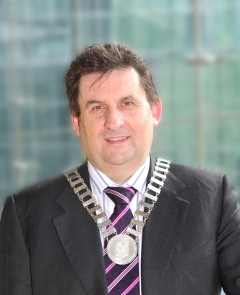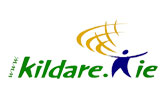The patronage of a new Post Primary school in Celbridge was announced by the Minister for Education, Ruairí Quinn, T.D. last week (28th November). Minister Quinn confirmed that the new school will be run under the joint patronage of Kildare and Wicklow Education and Training Board and Educate Together. This is the first joint patronage that Kildare and Wicklow Education and Training Board will undertake.

The development of the school has come about as a real need for another multi- denominational Post Primary School was identified which would cater for the growing population of north Kildare. The new 1,000 pupil school will be located on the Hazelhatch Road, on the same campus as the new St. Patrick’s Primary School. It will be developed by way of a Public Private Partnership and is currently at planning stages.
The New Schools Establishment Group drew a number of conclusions on the applications for patronage for the new Post Primary School for Celbridge, notably that the parental demand for each model is reasonably strong though the parental demand for the Kildare and Wicklow Education and Training Board is stronger than that for the Educate model (with the exception of 2016) both at the commencement of the new school and in succeeding years.
Meeting diversity, delivering top class education and catering for students of all faiths and none is at the heart of a multi- denominational school. The New Schools Establishment Group also noted that the model proposed by the applications separately would provide for greater diversity of provision in the feeder area.
Further conclusions:
The applicants have applied for a joint model of patronage but have not agreed the model or obtained parental support for this development. Where an Education and Training Board joins with another national patron body, such as Educate Together, the resulting school model is required to be of a community school type. If the parties proceed with this model, this would provide greater diversity in the feeder area.
Taking the separate parental demand presented by both applicants together, a potentially strong viable school emerges.
Given the relative closeness in terms of parental preference numbers, a significant level of unmet demand would occur either way if a decision on patronage was taken in favour of one applicant over another.


